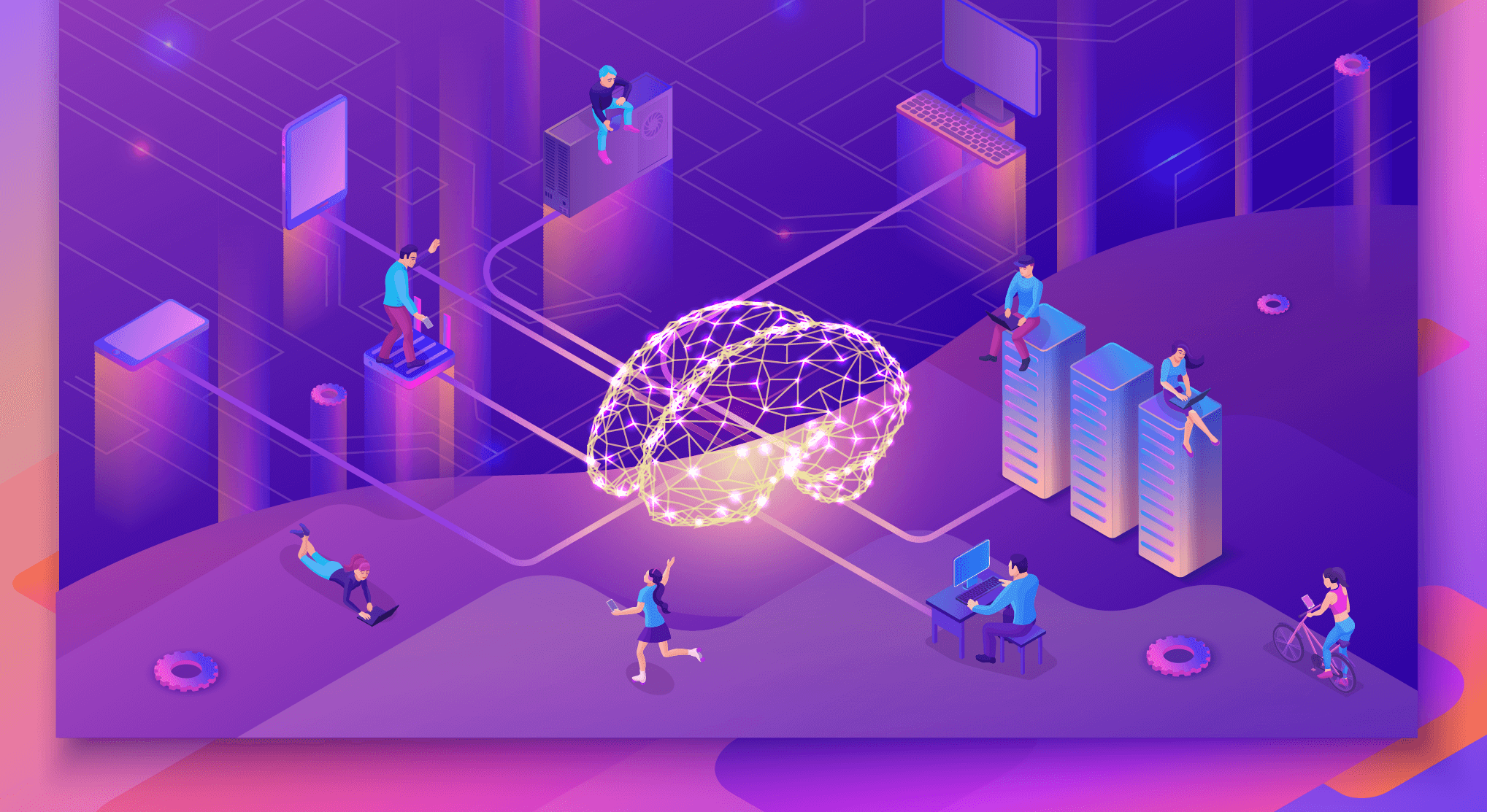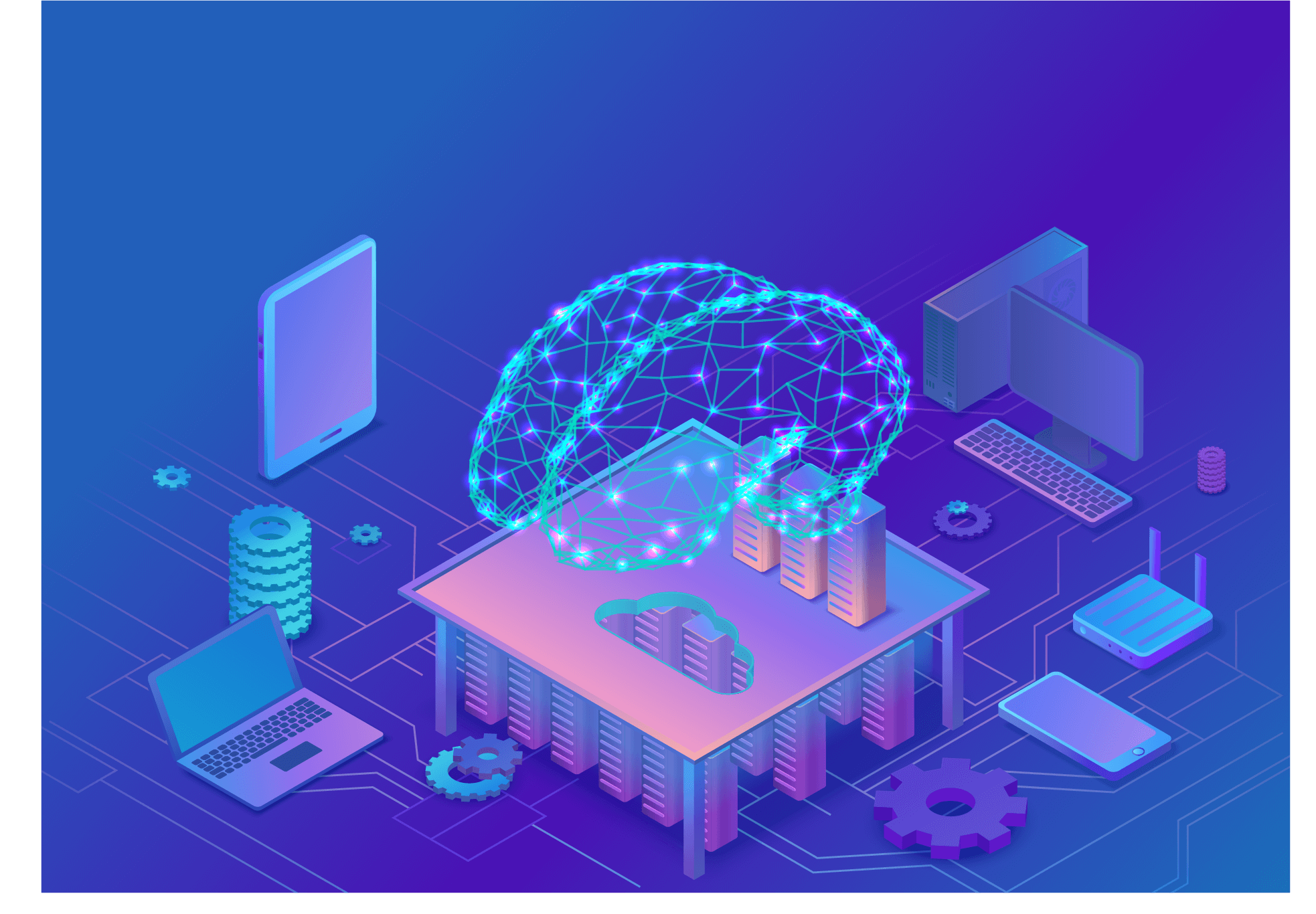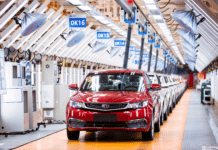According to Michael Haenlein, Marketing Professor and Scientific Director of the ESCP Europe Research Centre on Big Data, not only do we struggle to define artificial intelligence (AI); we have problems qualifying intelligence in general. Our failure to understand the concept and therefore implement AI effectively – at least when it comes to maintaining a competitive advantage – is concerning but not unredeemable. Haenlein suggests that to understand artificial intelligence, we first need to systematise it.
His recent article co-authored with Andreas Kaplan, Siri, Siri, in my Hand: Who’s the Fairest in the Land? On the interpretations, Illustrations, and Implications of Artificial Intelligence, explores practical approaches to the categorisation of AI. Understanding the fundamental differences between kitchen speakers and smart diagnostic systems makes room for a much broader appreciation of AI’s implications and potential applications.
In business, many overlook the tangible impact AI can have. Firms should focus on eliminating simple, repetitive tasks both for the benefit of employees and the organisation as a whole. Freeing humans from servile chores that machines perform more efficiently means that businesses can benefit from what humans excel at: creative thinking.
Recently, Tharawat Magazine had the opportunity to sit down with Michael Haenlein to discuss the inspiration for his latest article, his system for the categorisation of AI and where to start when it comes to ascertaining the value AI can add.

What compelled you and Andreas Kaplan to write this paper?
I’ve worked with big data and social media for many years, so the transition to artificial intelligence happened naturally. For me, AI is the second wave after big data: to make sense of all this rich information, we need AI. Big data in itself has limited value; without analysis, it is largely worthless.
In writing this article, Andreas and I aimed to cultivate a higher understanding of AI by dispelling common misconceptions about the technology and confusion over what exactly it entails.
As it stands, ten people in the room talking about artificial intelligence will have as many different opinions on what it even means. Companies often fear AI – many assume their competitors already have systems in place and are afraid they can’t keep up. In reality, however, few businesses have adopted the technology in a meaningful way.
Why is AI so hard to understand?
Humans, in general, are poor judges of intelligence. For example, chess is associated with higher intelligence because it’s a strategic game. Computers make exceptional chess players. However, other pursuits, which we distinguish as intellectually less involved, can stymie even the most advanced machines.
There’s a famous study called ‘chihuahua or muffin’. Essentially, it shows ten pictures of chocolate muffins and ten pictures of chihuahua faces. The correct identification of muffin or chihuahua is the goal. For computers, this is very difficult. Herein lies the disconnect.
We need a better, more structured definition of what artificial intelligence is. Our system, outlined in the article, breaks the concept into three categories.
The first step is what we call ‘artificial narrow intelligence’, where AI completes specific tasks such as voice recognition, pattern recognition and fraud detection. Increasingly, machines perform better than humans when it comes to these functions.
The next step is what we call ‘artificial general intelligence’. Such a system reasons and plans for tasks it has not been programmed for.
The last step is called ‘artificial superintelligence’. We’re familiar with this category through science fiction narratives where computers have a conscience and form behavioural systems like humans.
The AI market today is almost exclusively limited to artificial narrow intelligence. When you ask your kitchen speaker for recipes, it has one simple task to do. It will take many years until we reach the plain of artificial general intelligence, and artificial superintelligence is even further away.
The AI market today is almost exclusively limited to artificial narrow intelligence. It will take many years until we reach the plain of artificial general intelligence, and artificial superintelligence is even further away.
Have the last few years seen an acceleration towards general artificial intelligence?
Absolutely. The acceleration is due to our increasing access to data. In the next two decades, some models forecast 1,000 connected devices for every one person on the planet. The information that self-driving cars, autonomous speakers and even kitchen devices generate will drive the transformation.
The degree of data, which is generally summarised under the term ‘big data’, has exploded over the last couple of years. Whether or not this growth will continue at the same rate is uncertain. However, it’s clear that there is no going back.
How can the technology improve?
If you look at any social media application, we’re already at the point where we can store and access vast amounts of information. The next step is to aggregate it.
A consumer’s preferences on a single platform – their purchases on Amazon, for example – are easily recorded and analysed. However, if that information is combined with flight bookings and supermarket purchases, the scope of knowledge widens. Aggregated data sets allow for a greater level of insight than an individual application can possibly provide.
Instead of storing more data on individual platforms, the future lies in combining data sources for a better perspective on people and their needs in general.
 How can we better anticipate the transformative effects of AI?
How can we better anticipate the transformative effects of AI?
Education is critical to driving change in the medium term.
The current academic model teaches concepts to students in the hope they can apply them to real-life situations. The problem is that these concepts tend to become outdated quickly. Instilling a philosophy of lifelong learning is the solution, and this is especially true when it comes to the dynamic field of artificial intelligence.
I advise all of my students to learn a programming language like Python or R. These language skills will enable them to communicate with AI, which will undoubtedly play a central role in their future work environment.
These trends represent fundamental changes for society as a whole. Many government jobs, for example, will simply no longer exist in the future. Systems and computers can already complete several tasks much more efficiently than humans.
The implications in terms of motivating people, generating a workforce for the future and even ensuring the income of populations in most developed and developing countries are enormous.
Where do we start in terms of ascertaining AI’s value in business applications?
The process must begin with a problem-solving situation where AI can potentially deepen understanding or add value. Look at product development, customer insight or even day-to-day operations.
Currently, many employees are forced to do highly repetitive tasks. This model destroys morale and has negative implications for everyone involved and the business. The employees have a boring job, and the firm has inefficiencies. Retention is poor, which causes increased training costs. AI can potentially ameliorate the situation.
Stakeholders must come to a common language. Regardless of age, hierarchy or education, learning how these systems work is a necessity. At the very least, a basic understanding of AI is a prerequisite to future success. This can often be achieved simply by playing around with it.
Regardless of age, hierarchy or education, learning how these systems work is a necessity. At the very least, a basic understanding of AI is a prerequisite to future success. This can often be achieved simply by playing around with it.
What’s the significance of the framework you use to relate to the implications of artificial intelligence?
Our framework is split between the firm level and the customer level. We have identified three different dimensions that are relevant in this context.
The first is confidence on behalf of management: they need to feel that their employees have the skills to interact and maintain productivity in a fast-moving environment. This confidence must permeate down through the market because consumers want assurance that companies aren’t abusing the power of AI.
The second dimension involves embracing the idea of change and monitoring. Awareness is crucial to ensure that skills are adaptable in a changing marketplace.
Lastly, a dimension of control must exist. Even if the system is able to complete a task perfectly and autonomously, the machine cannot be allowed to do whatever it wants – this is related to trust. Like every system before, AI must have checks in place whereby we can ensure abuse does not happen.

Does the story of our relationship with artificial intelligence end well?
I believe it does. The fear that computers will take over the world and kill all humans will prove completely unfounded. Instead, AI will help firms make substantially better products that will benefit every consumer.
AI can free employees from having to waste time on boring tasks. This will allow us to focus on more fulfilling work, becoming increasingly creative, self-realised, contented human beings. I’m convinced that the world after AI is a better world than the one before.



 How can we better anticipate the transformative effects of AI?
How can we better anticipate the transformative effects of AI?










